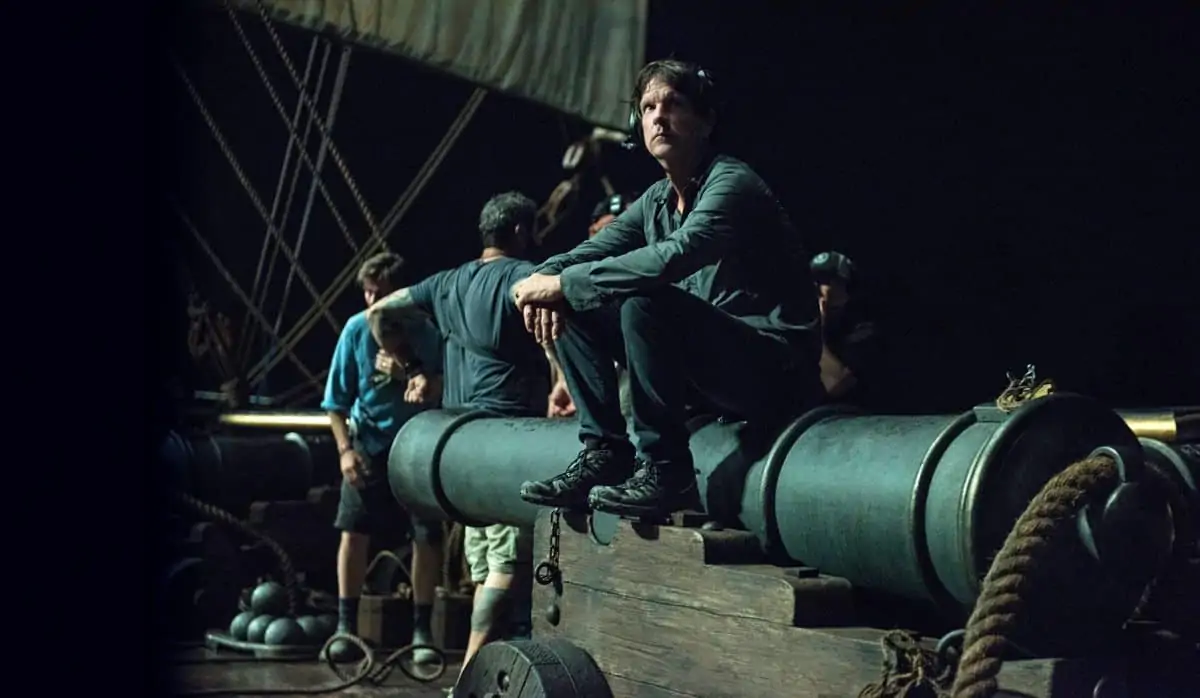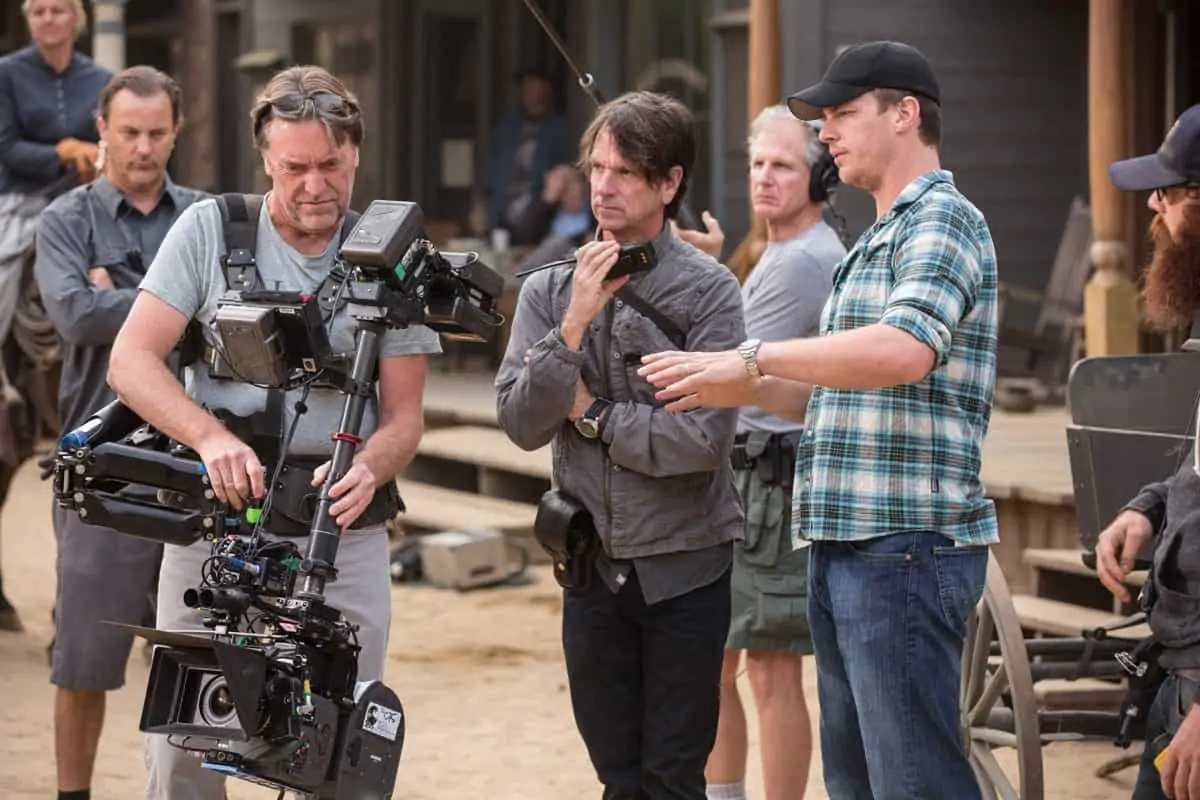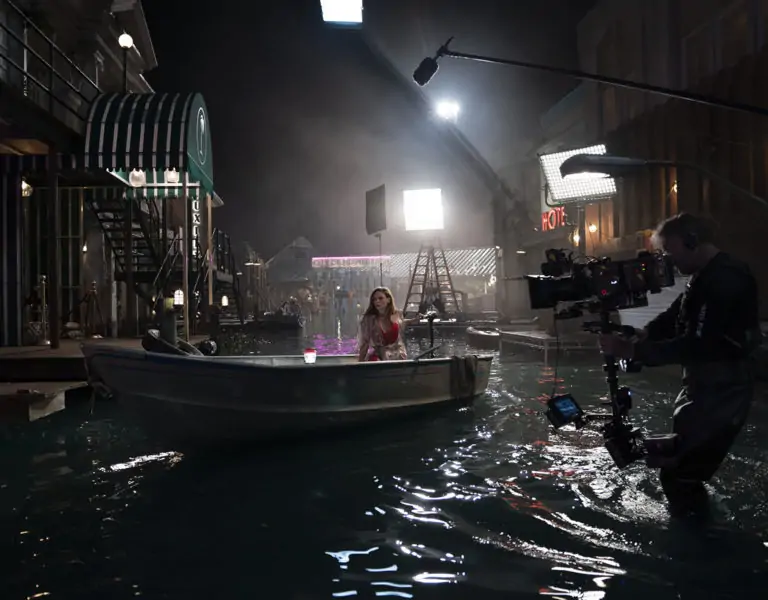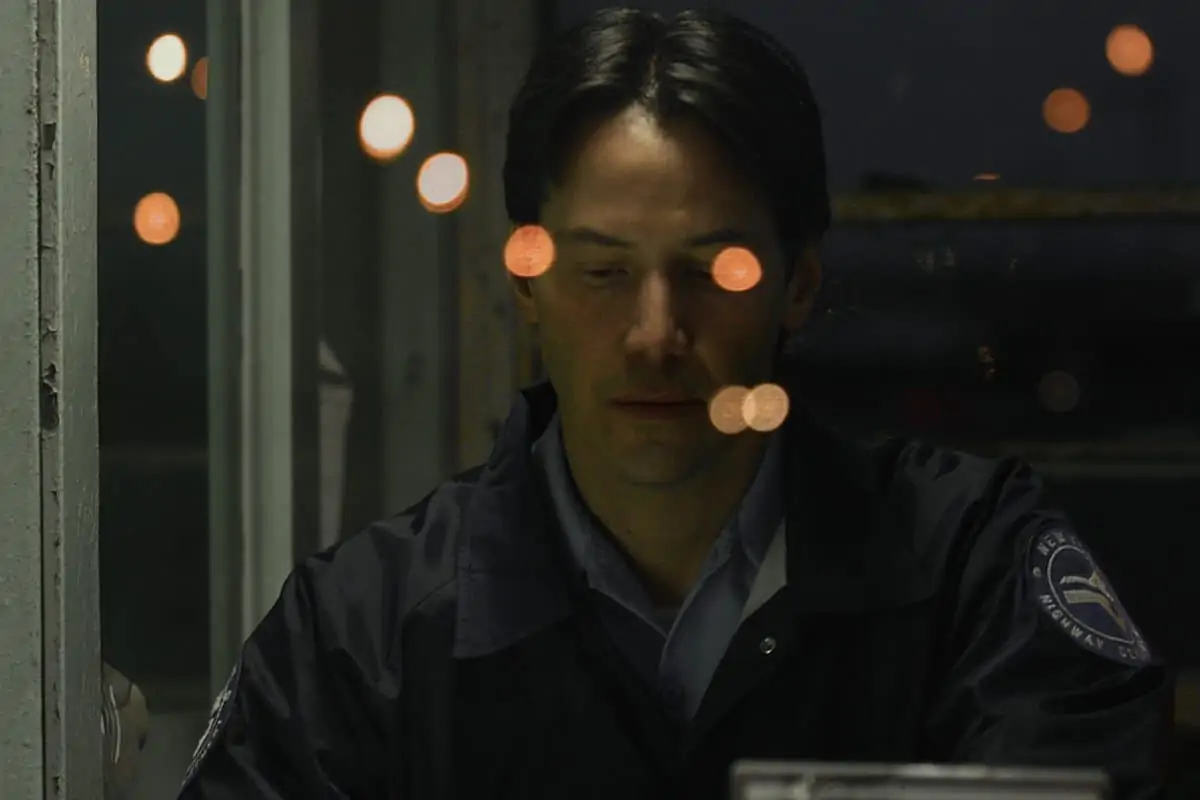Tough Justice
Paul Cameron ASC / Dead Man Down
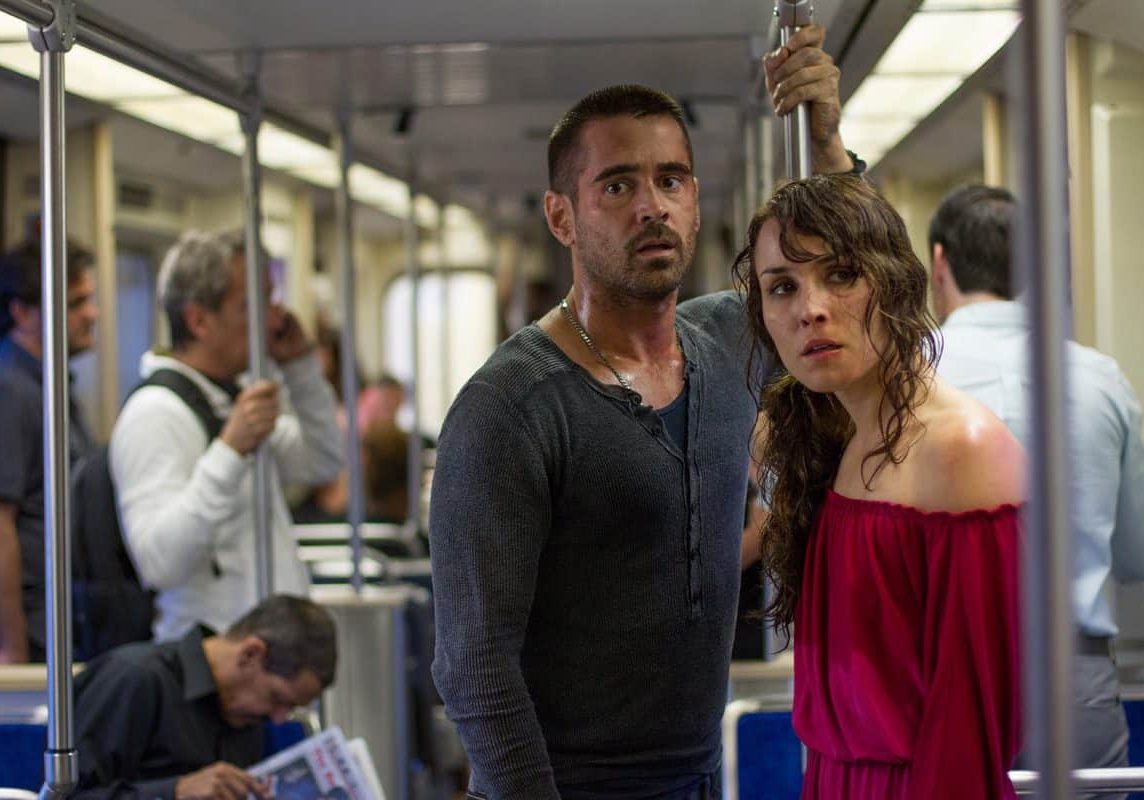
Tough Justice
Paul Cameron ASC / Dead Man Down
Early in January 2012 Niels Arden Oplev called Paul Cameron ASC to gauge his interest in a film shooting in Philadelphia that coming summer. “I was familiar with his previous film, the original Girl With The Dragon Tattoo,” says Cameron. “I didn't hesitate to take the meeting.
“A few days later I met with Niels and writer/producer Joel Wyman. I said I was in. We all knew it would be a very limited budget and a challenging schedule. Then I heard Colin Farrell, Noomi Rapace and Terrence Howard were on board. I’d worked with Colin on Total Recall the previous year; I was thrilled to hear he was doing Dead Man Down as well, our second consecutive film together.”
Farrell plays Victor, a man who lost a wife and child to his crime lord employer – Alphonse, played by Howard. “In the film,” says Cameron, “what starts as revenge becomes something much greater about the choice to move on in life,” which is where Rapace’s character Beatrice comes in. While Beatrice helps Victor move on, he also helps her as she is seeking revenge; an unusual love story commences.
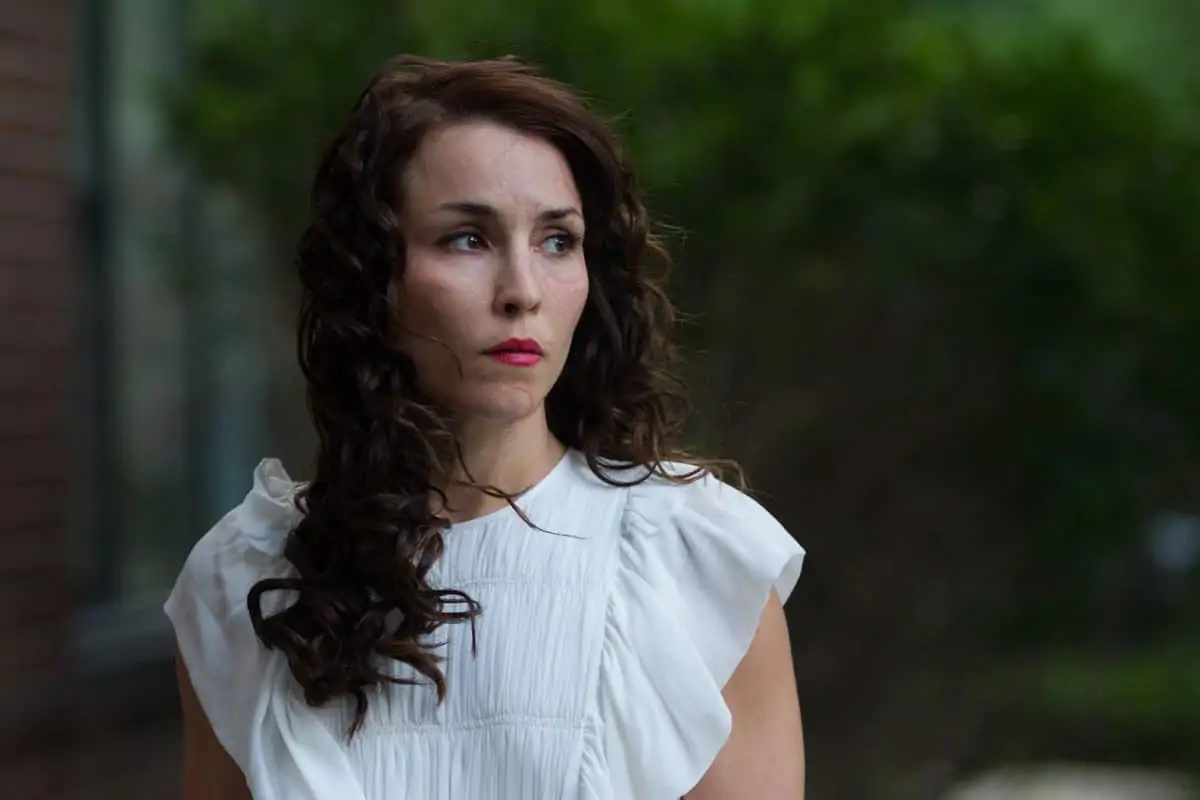
Cameron, who has worked on iconic action movies with directors Tony Scott (Man On Fire, Déjà Vu), Dominic Sena (Swordfish, Gone In Sixty Seconds) and Michael Mann (Collateral), connected intuitively with the script: “I loved the two main characters immediately – simple, real people with wounded hearts who come together on very uncommon ground.”
He ended up using the ARRI Alexa for the majority of Dead Man Down, the sensor being what he considers the most film-like of all the digital capture sensors currently on the market, maintaining sharpness and detail important to the story: “I’m so glad we shot ARRIRAW, as much of the film lives in close-ups with shallow depth-of-field. Capturing uncompressed 4:4:4 aided sharpness – I highly recommend this over shooting SDI compressed, especially for 2:40 Spherical and 2K theatrical releases. The ARRIRAW colour correction allows for cleaner shadows, more information and less clipping in highlights.
“I look forward to a next generation of Alexas with true 4K and built-in solid state drives. The bottom line: Alexa is a beautiful addition to the world of digital capture.”
Close to every cinematographer’s heart is the final look of the movie. Cameron employed a unique system allowing his visuals to be carried through into post production. Using Assimilate Scratch – a colour correction system Cameron has been using for two years on films and commercials – the DP and Los Angeles-based DIT Dane Brehm could oversee advanced dailies and grade on set. 1619 in NYC transcoded and provided dailies via PIX and Apple iPad.
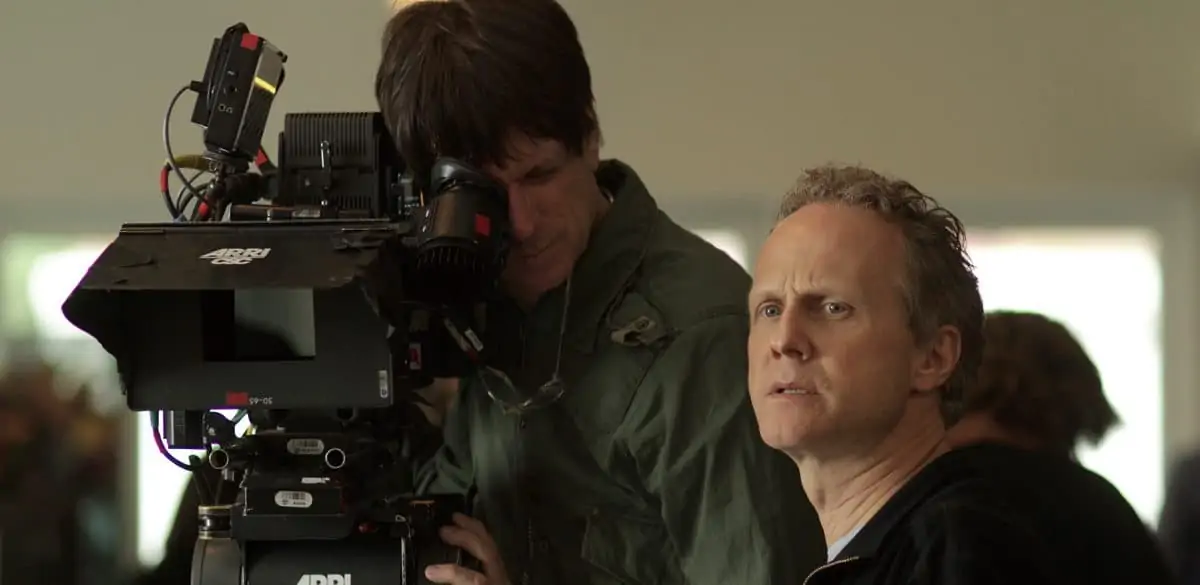
“I employ full control of colour throughout the digital pipeline,” he says. “Scratch has streamlined this for me. With the proper on-set monitor calibration for Rec 709 I can be sure what I shoot on-set will be there once it goes to P3 for DI colour correction. For the first time in digital capture I felt what I shot exactly matched what I saw during DI.”
They tested the workflow through Dive in Philadelphia with senior colourist Alex Bickel. Early in testing Bickel showed Cameron CineGrain’s library of 4K film grain scans. “I utilised their Fuji 35mm 64D scan,” Cameron told us. “It has a very sharp, small grain pattern which isn't overwhelming. The final DCP and film IP have the CineGrain overlay at 80% normal contrast ... I can't tell you how happy it makes people to see the grain on images again.”
Of his first time working with senior DI colourist Jill Bogdanowicz at Technicolor Hollywood, the DP says, “She did an amazing job in a very short time.” Senior engineer John-Michael Trojan from Dive provided support interfacing DIT/Brehm, Assimilate and 1619. Senior colour timer Mato Der Avanessian from Fotokem handled the IP/IN and film prints, “one of the greatest lab film timers left,” says Cameron.
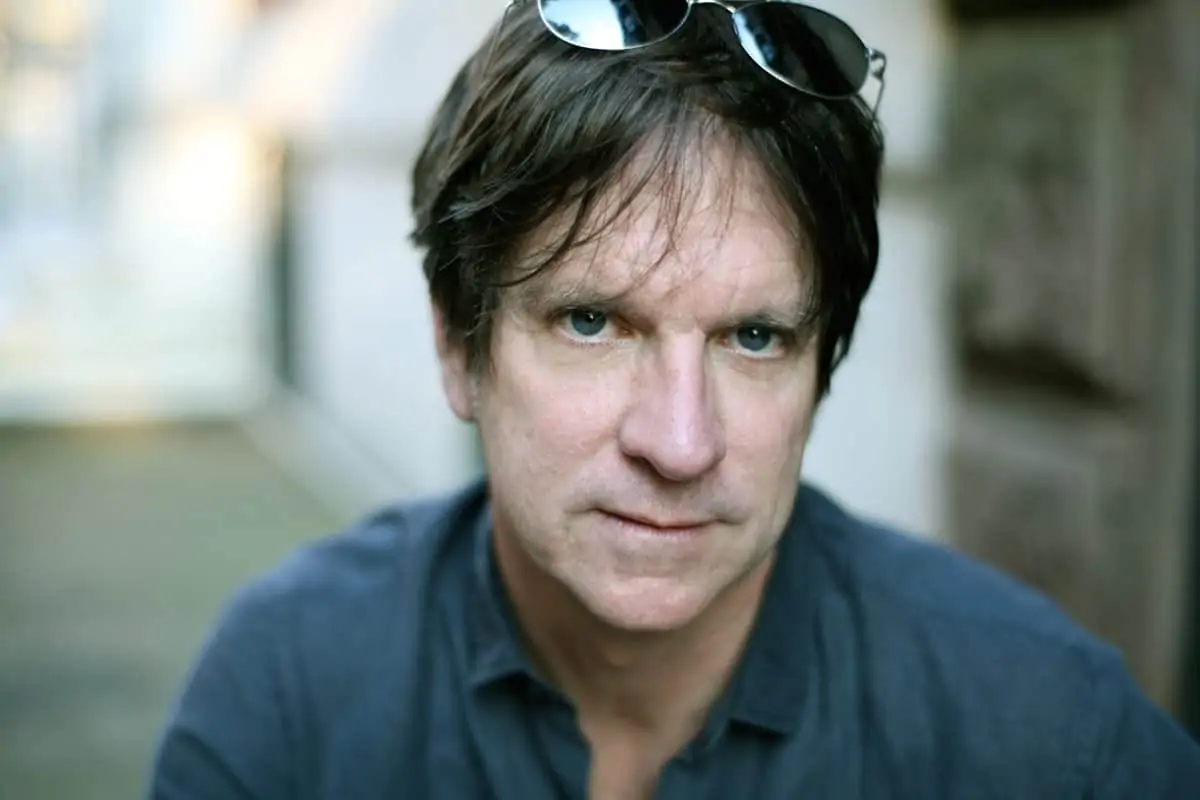
"I utilised their Fuji 35mm 64D scan, It has a very sharp, small grain pattern which isn't overwhelming."
- Paul Cameron ASC
Elaborating on his experiences on set, Cameron shares some simple, effective lighting techniques on a budget: “Our shooting package was fairly standard for a small film. Gaffer Ken Shibata and I used plentiful Mac Tech LED lights and T Pars. We retrofitted all Shibata's Kino fixtures to employ the Mac Tech High Output LED bulbs for tungsten and daylight. I never use the Kino tubes anymore unless I have to. The new LED bulbs have a cleaner colour spectrum and don't shift temperatures as they warm up. The T Pars are Tungsten 12K and 5K Par lights, which can be retrofitted with mercury halide or sodium bulbs – great for streaming sunlight, or switching over for dirty light night exteriors.
“I love using white bedsheets, something I picked up from shooting with Tony Scott. It softens the light so well. When I glow it with a few foot-candles, the broad white surface helps reflect white in the actors’ eyes. It keeps them alive, even in extreme low light situations.”
Dead Man Down started scouting early March 2012. Due to budget constraints, the majority of the film was shot in Philadelphia, doubling for New York City. Oplev and his long-time production designer, Niels Sejer, wanted the film to feel grounded in a timeless New York, seen through Eastern European eyes. This approach dictated all their decisions; the protagonists are immigrants trapped in a lower eastside project tenement building, with facing balconies on the 17th floor.
The SS United States, a ship from 1952 dry-docked in Philadelphia, was used for the interiors where Victor holds hostage the brother of an Albanian gang. Shot with mostly natural light, Cameron used only minimal fill to separate Farrell from the backgrounds.
“We had to carry everything through the massive ship and were limited to three hours shooting,” says Cameron. “It was incredibly eerie being on the ship, gutted and in the process of being stripped. There’s a lot of history on that vessel.”
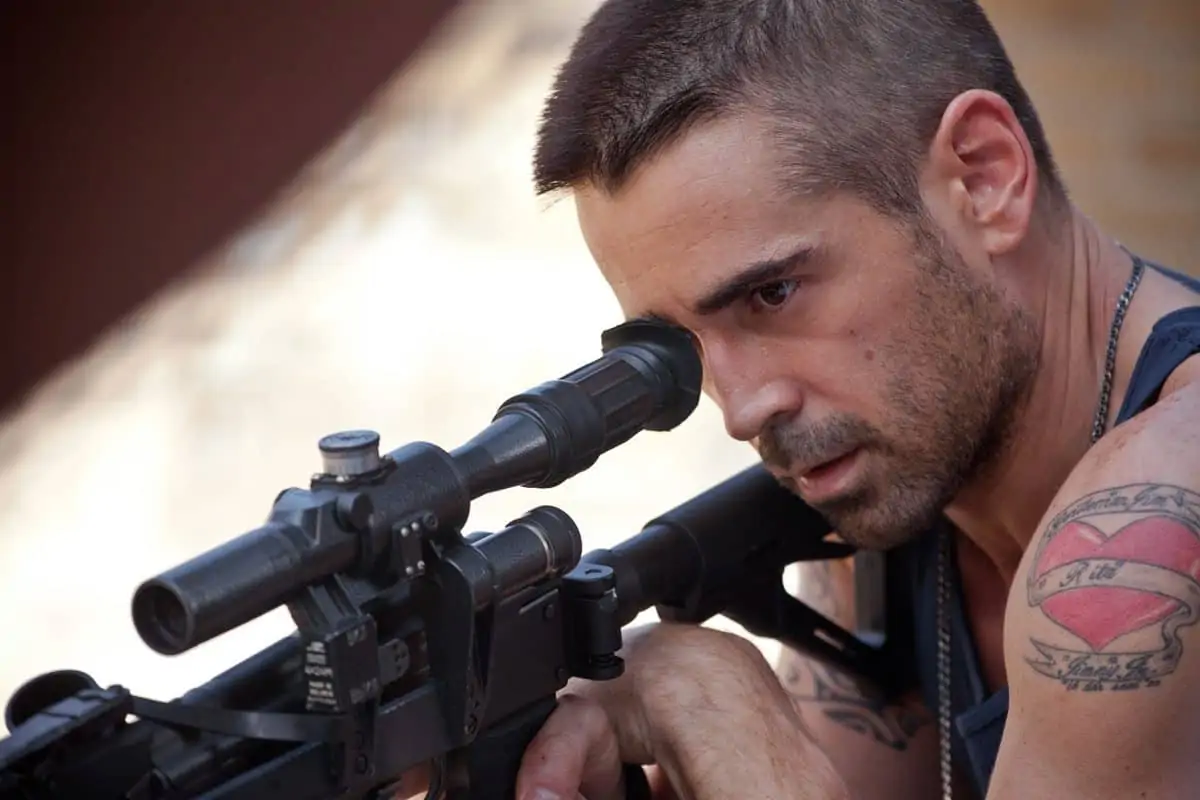
Speaking about the visuals in the film’s action sequences, he says, “We sat around the same table for countless hours, tweaking and reviewing location photos for Cafe Cora or 3D renders for Alphonse's house, fine-tuning the sequences over and over. Niels [Oplev] was relentless. We had such limited time; we wanted a few ‘must have’ shots to give the sequences dimension.
“In the Cafe Cora sequence there’s a couple of remote head shots on an aero crane, with Victor on the rooftop about to shoot at Alphonse below. Once the chase ensues, I utilised a gas-powered mini-camera car and handheld for some chasing and counter moves. I love it because it’s raw and it’s fast and I operate those shots.
“In the stairwell where Victor is chased, key grip Jim McMillan, best boy Dave McAllister and I designed a small descender rig accommodating a Libra Compact. The rig barely passed through the rails it was so small.
“Driving shots on Farrell and Rapace are from crossing hostess trays, custom built to get the cameras further out from the windows. You get better overs that way. I prefer rigging and free driving to process trailers. The trade-off is you can’t make adjustments, but it really worked for this film, with a shooting sensibility of locked off close-ups and tight frames trapping the actors.
“We also boarded Harry's warehouse shootout. Again, we wanted limited coverage and a good plan. We still came up with a lot of shots after blocking, but I appreciated having a solid plan – we just put our heads down and barrelled through it with a few cameras!”
Experienced lenser Cameron is typically humble about his work on the film: “When you have a great script and talented director the challenge is even more daunting!” he says. But he is happy with the results, and looks forward to future projects with all involved.
